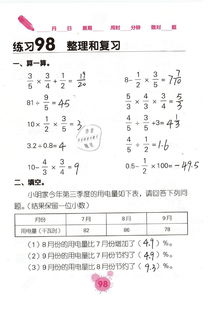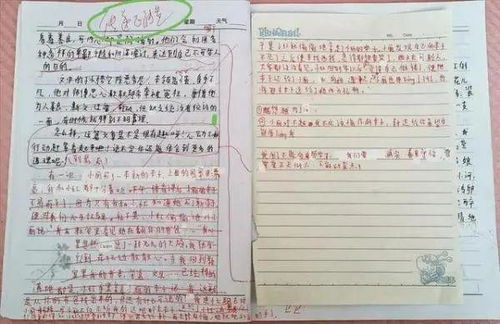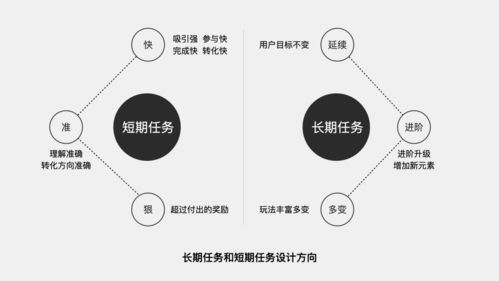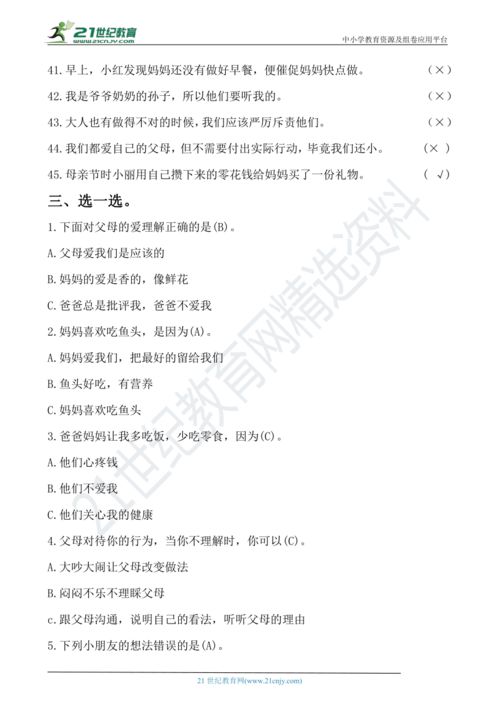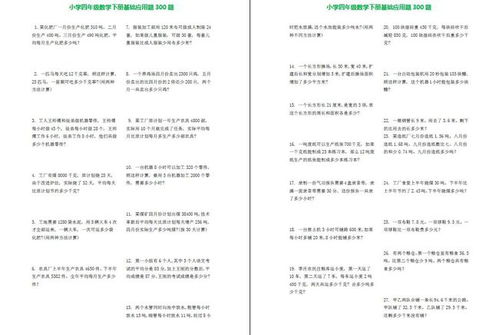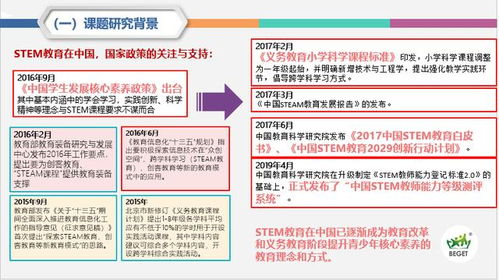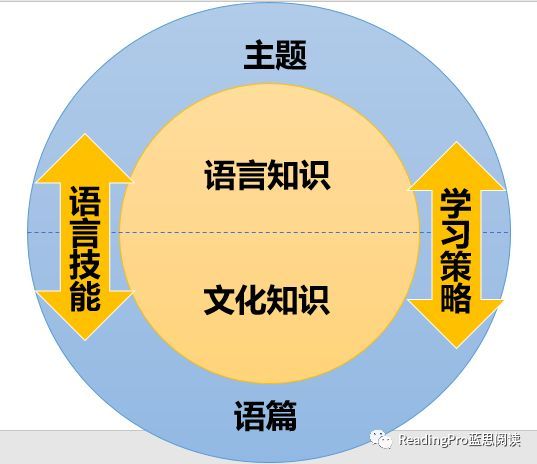英语作文在高中阶段不仅是高考的重要组成部分,也是提升语言表达能力的关键途径。许多学生在面对不同类型的作文题目时,常常感到无从下手。通过掌握一些常见的作文模板,学生可以更轻松地应对考试中的写作任务。以下是针对议论文、记叙文、说明文和应用文的详细模板解析,帮助学生在写作时更加得心应手。
1. 议论文模板
议论文要求学生针对某个话题发表观点并进行论证。以下是议论文的常见结构:
**开头段:引入话题**
– 通过背景介绍或引用名言引入话题,简洁明了。
– 示例:
“As the world develops rapidly, the importance of education has become a topic of widespread discussion.”
**主体段1:正面观点**
– 阐述你支持的观点,并提供论据支撑。
– 示例:
“There are several reasons why education is essential for personal growth. First of all, it equips individuals with the knowledge and skills they need to succeed in the modern world. Moreover, education fosters creativity and innovation, which are crucial in today’s competitive job market.”
**主体段2:反面观点及反驳**
– 展示反方观点,并加以反驳,强化自己的立场。
– 示例:
“Some people argue that practical experience is more important than formal education. However, without a solid educational background, it is difficult to acquire the theoretical knowledge necessary for high-level problem-solving.”
**结尾段:总结观点**
– 总结自己的观点,并给出结论。
– 示例:
“In conclusion, while practical experience is valuable, education remains the key to personal and societal development.”
**优点**:逻辑清晰,观点明确,适合考试中的议论文题目。
—
2. 记叙文模板
记叙文要求学生描述一件事情或经历。以下是记叙文的常见结构:
**开头段:设置场景**
– 通过环境描写或情节引入,吸引读者。
– 示例:
“It was a cold winter morning, and the sky was still dark when I woke up. I could hear the howling wind outside, which made me feel even more reluctant to leave my warm bed.”
**主体段1:描述事件的起因**
– 详细描述事件的起因,交代故事背景。
– 示例:
“That day, my classmates and I were scheduled to take part in a charity event to help the elderly in a nearby community. Although the weather was terrible, we were determined to make a difference.”
**主体段2:描述事件的经过**
– 详细描述事件的过程,包括关键情节和人物的行动。
– 示例:
“When we arrived, the elderly were already waiting for us. Despite the cold, their warm smiles melted our hearts. We spent the morning chatting with them, preparing meals, and listening to their stories.”
**结尾段:感悟和总结**
– 总结这次经历带来的感悟,升华主题。
– 示例:
“By the end of the day, I realized that helping others not only brought joy to them but also filled my heart with warmth and satisfaction.”
**优点**:条理清晰,内容生动,适合描述事件或经历。
—
3. 说明文模板
说明文要求学生解释某个事物、概念或现象。以下是说明文的常见结构:
**开头段:引入主题**
– 简要介绍将要解释的事物或现象。
– 示例:
“With the rapid development of technology, the concept of artificial intelligence (AI) has become increasingly popular. But what exactly is AI?”
**主体段1:解释基本概念**
– 解释基本的概念或背景信息。
– 示例:
“Artificial intelligence refers to the ability of machines to simulate human intelligence processes, including learning, reasoning, and self-correction. It has been applied in various fields, from healthcare to finance.”
**主体段2:列举应用和影响**
– 列举具体的应用,并讨论其影响。
– 示例:
“In the healthcare industry, AI is used to analyze medical data, helping doctors make more accurate diagnoses. Moreover, AI-powered robots are being employed in surgeries, enhancing precision and reducing risks. However, some people are concerned that AI could replace human jobs in the future.”
**结尾段:总结并展望**
– 总结所讲内容,并对未来进行展望。
– 示例:
“In conclusion, while AI brings numerous benefits to society, it also poses challenges. It is important for us to find a balance between embracing technological advancements and safeguarding human jobs.”
**优点**:信息清晰,条理分明,适合解释复杂的概念或现象。
—
4. 应用文模板
应用文(如书信、邀请函等)在考试中也较为常见。以下是书信的常见结构:
**开头:称呼**
– 使用礼貌的称呼。
– 示例:
“Dear Sir/Madam,”
**正文1:表达目的**
– 说明写信的目的。
– 示例:
“I am writing to inquire about the details of the summer camp your organization will be hosting this year.”
**正文2:进一步说明**
– 进一步提出问题或陈述理由。
– 示例:
“I am particularly interested in the camp’s schedule and accommodation options, as I am planning to participate with a group of friends.”
**结尾:礼貌结语**
– 用礼貌的方式结束书信。
– 示例:
“I look forward to your reply. Thank you for your time and assistance.”
**签名**
– 使用常见的礼貌用语。
– 示例:
“Yours sincerely,
Li Hua”
**优点**:格式规范,语言得体,适合应用文类题型。
—
总结
通过掌握不同类型的作文模板,学生可以在考试中迅速确定写作思路,避免无从下笔的尴尬。模板的使用不仅能帮助学生理清逻辑结构,还能提升文章的流畅度。当然,模板只是辅助工具,最终的成功还需要学生不断积累词汇和提升语言表达能力。
**掌握了合适的作文模板,英语写作不再是难题。**


